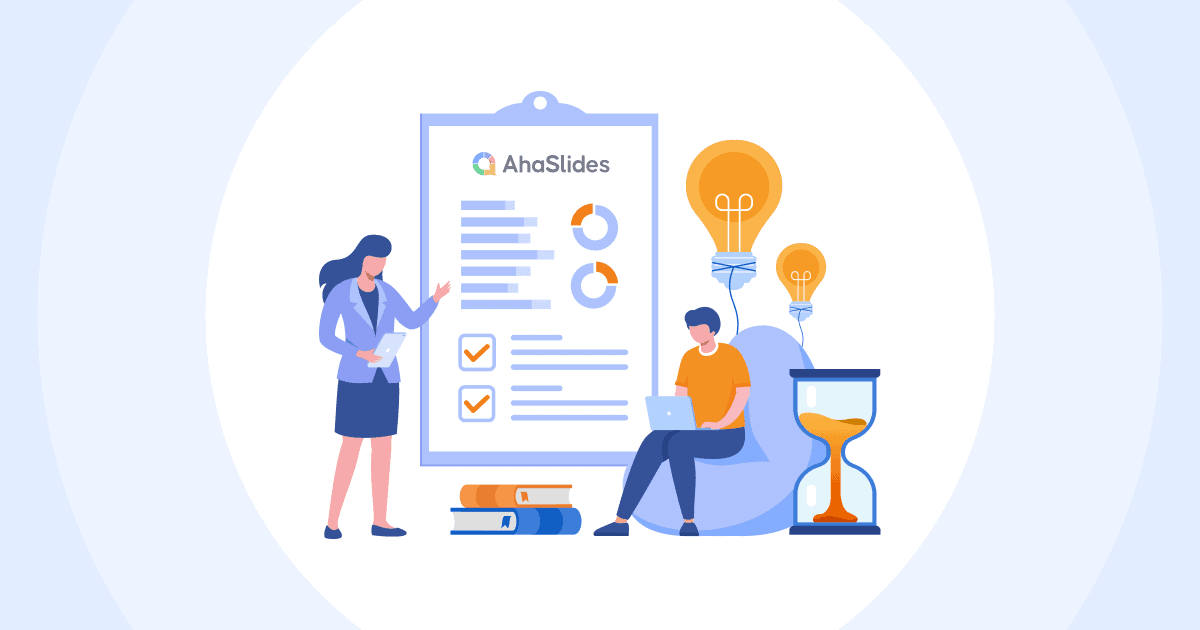As an HR manager, you wouldn't want to experience the crisis of the company getting short-staffed, or people flooding your office every day to complain.
Going through the human resource planning process can give you a great amount of control over uncertainties.
Discover each step and examples in detail to make informed decisions for the company in this article. Let's roll!
Table of Contents
- What is the Human Resource Planning Process?
- What are the 7 Steps in Human Resource Planning Process?
- Human Resource Planning Process Examples
- Bottom Line
- Frequently Asked Questions
What is the Human Resource Planning Process?

The Human Resource Planning (HRP) process is a strategic approach used by organisations to effectively manage and align their human resources with their business goals and objectives.
Some factors to consider when determining the frequency of the human resource planning process include:
Business Environment: Organisations operating in rapidly changing environments may need to conduct HR planning more frequently to adapt to market dynamics, technological advancements, or regulatory changes.
Growth and Expansion: If an organisation is experiencing significant growth, entering new markets, or expanding its operations, more frequent HR planning may be necessary to support and align with the expansion strategies.
Workforce Dynamics: Workforce dynamics such as high turnover, skill shortages, or changes in employee demographics may require more frequent HR planning to address emerging challenges and ensure talent sustainability.
Strategic Planning Cycle: HR planning should be integrated with the organisation's strategic planning cycle. If the organisation conducts strategic planning on an annual basis, it is advisable to align HR planning with that cycle to maintain consistency and alignment.
What are the 7 Steps in Human Resource Planning Process?
No matter how an organisation chooses to operate, there are seven steps that can be universally applied to achieve success.
#1. Environmental scanning
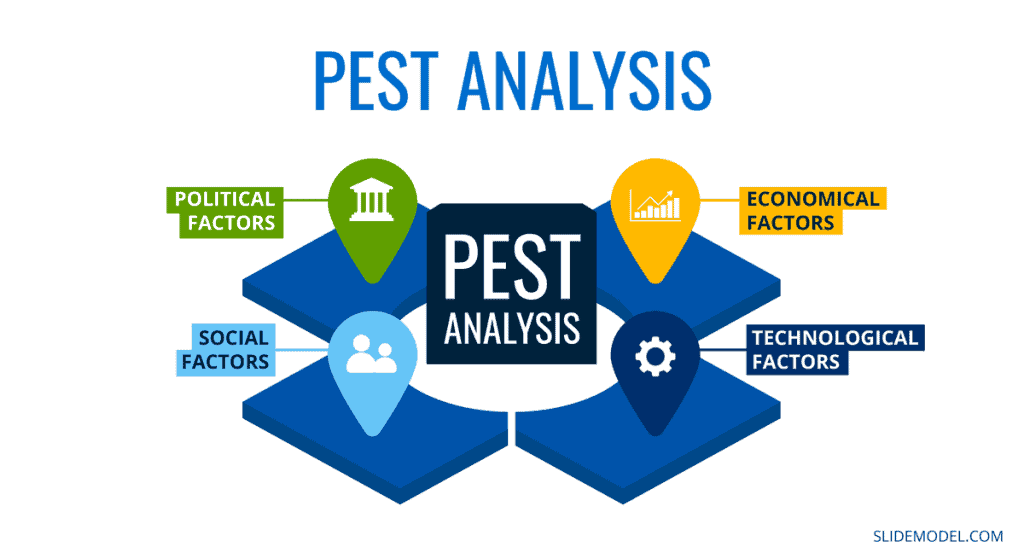
This step involves assessing both internal and external factors that can influence a company's human resource planning.
Internal factors may include the overall strategic goals, budgetary constraints, and internal capabilities.
External factors encompass market conditions, industry trends, legal and regulatory requirements, and technological advancements.
The most common method to conduct an environmental analysis is typically using the PESTLE or PEST model, where you explore the political, economic, social, technological, legal, and environmental aspects that impact the company's operation.
By understanding these factors, companies can anticipate changes and align their HR strategies accordingly.
Work in tune with your HR team
Brainstorm interactively with your team to help propel your vision forward.

#2. Forecasting Demand

Forecasting demand involves estimating the future workforce requirements based on anticipated business needs.
This step requires analysing various factors such as projected sales, market demand, new projects or initiatives, and expansion plans.
Historical data, industry benchmarks, and market research can be utilised to make informed predictions about the number and types of employees needed in the future.
#3. Analysing Supply
In this step, organisations evaluate the existing workforce to determine its composition, skills, and capabilities.
This includes conducting talent inventories, assessing employee performance and potential, and identifying any skills gaps or shortages.
Additionally, organisations consider external labour market conditions to understand the availability of talent externally, taking into account factors such as demographic trends, competition for key roles, and candidate sourcing strategies.
#4. Gap Analysis
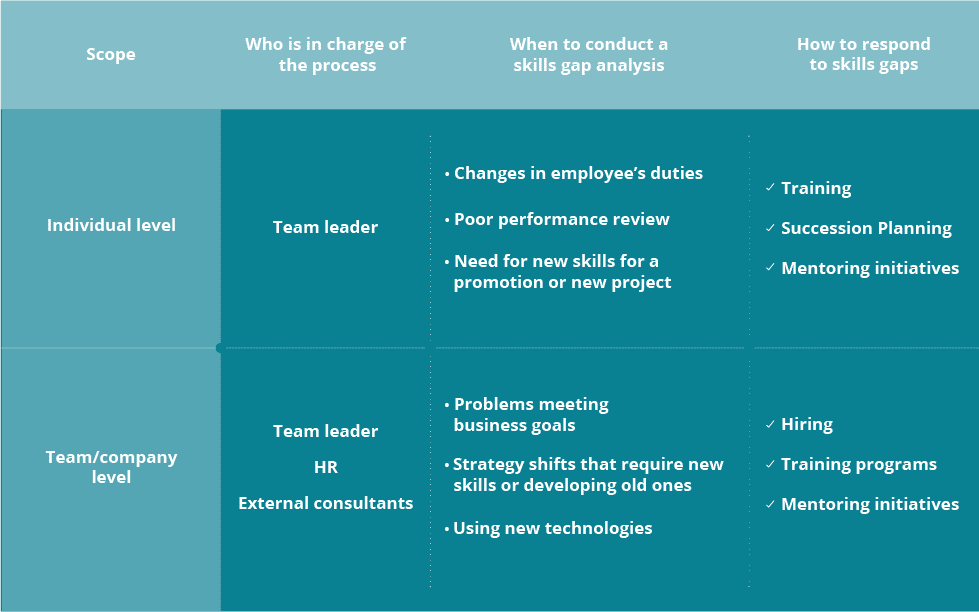
Analysing the demand for human resources and comparing it with the available supply is a key aspect of gap analysis.
This assessment helps identify any imbalances in the workforce, such as shortages or surpluses of employees in specific roles or skill sets.
By identifying these gaps, companies can develop targeted strategies to address them effectively.
#5. Developing HR Strategies
Based on the gap analysis results, organizations develop HR strategies and action plans.
These strategies may include recruitment and selection plans to attract and hire the required talent, training and development programs to upskill existing employees, succession planning to ensure a pipeline of future leaders, employee retention initiatives, or restructuring plans to optimise the workforce structure.
The strategies should be aligned with the organisation's overall goals and objectives.
#6. Implementation
Once the HR strategies are developed, they are put into action.
This includes executing the planned recruitment efforts, implementing training and development programs, creating succession plans, and implementing any other initiatives identified in the previous step.
To make the human resource planning process happen smoothly, HR and other departments need to work together and communicate well. That's how we get things done right.
#7. Monitoring and Evaluation
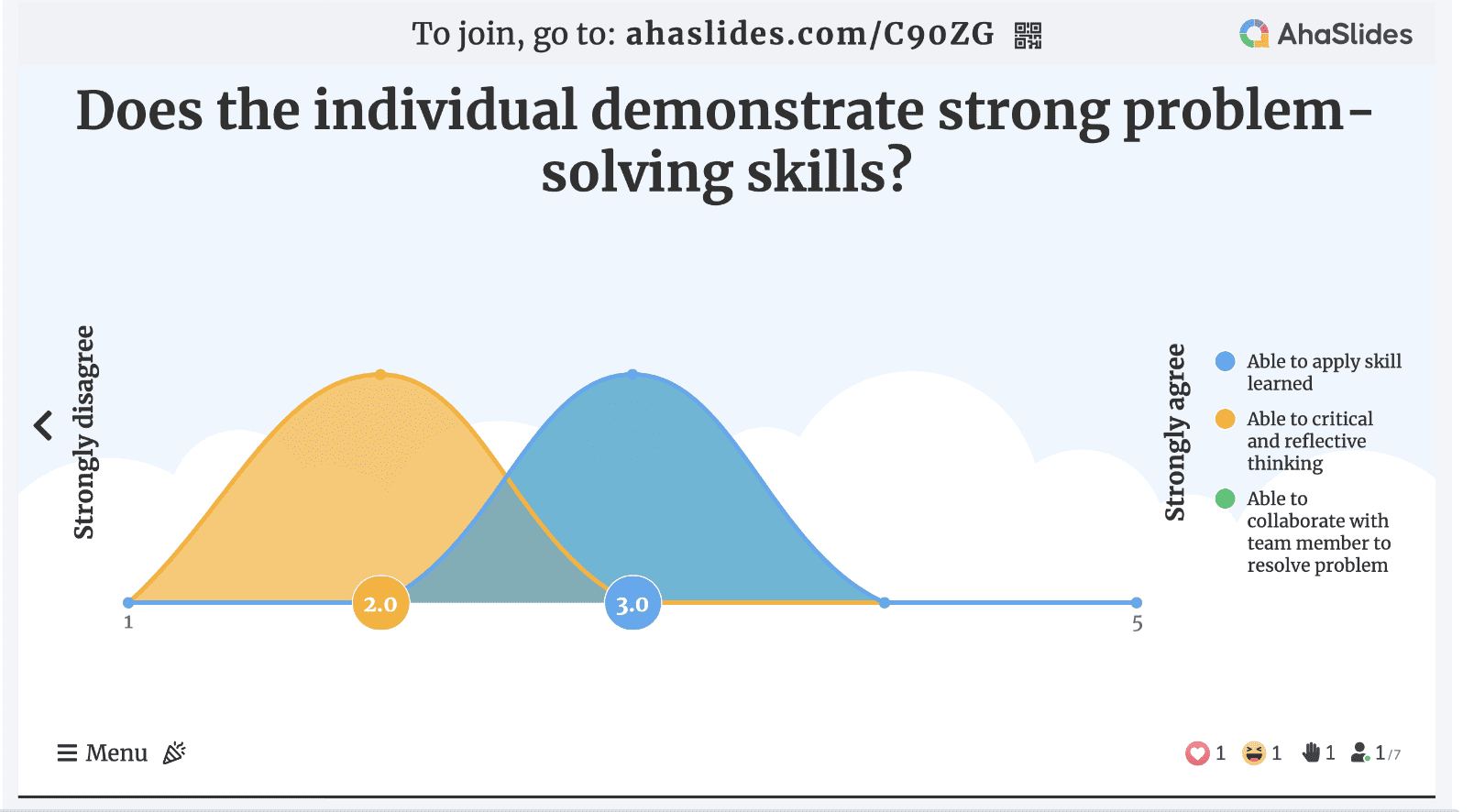
The final step involves monitoring and evaluating the effectiveness of the HR planning initiatives.
Keep an eye on tracking key performance indicators (KPIs) related to workforce metrics, such as employee turnover rate, time-to-fill vacancies, training program success rates, and employee satisfaction levels.
Regular evaluation helps organisations assess the impact of their HR strategies, identify areas for improvement, and make necessary adjustments to ensure ongoing alignment with the business goals.
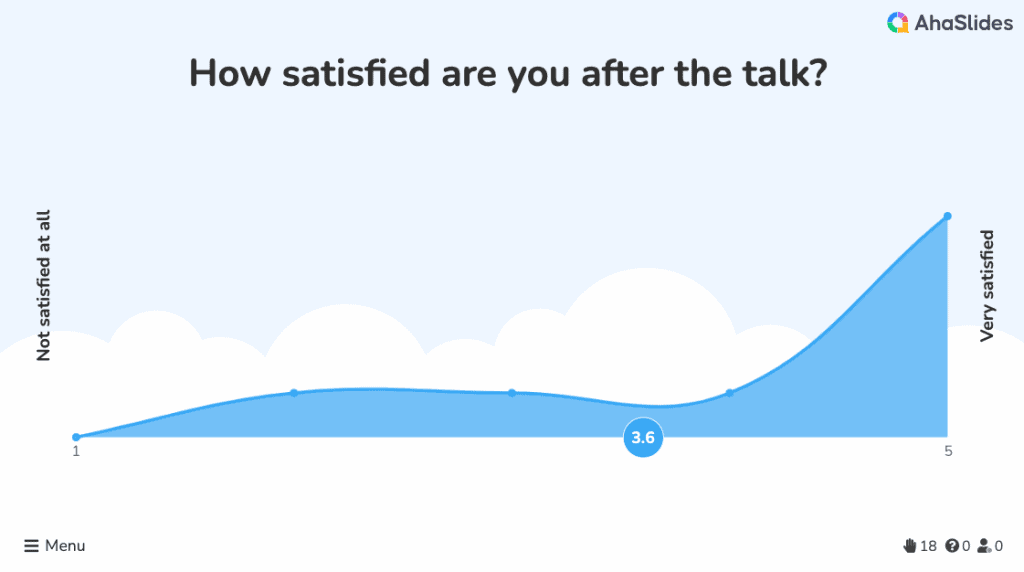
Conduct Employee Satisfaction Levels With AhaSlides.
Free feedback forms whenever and wherever you need them. Obtain powerful data, get meaningful opinions!
Get started for free
Human Resource Planning Process Examples
Here are a few examples of how the human resource planning process can be applied in different scenarios:
#1. Scenario: Company Expansion

- Environmental Analysis: The organisation analyses market trends, customer demand, and growth projections.
- Forecasting Demand: Based on the expansion plans and market analysis, the company estimates the increased workforce requirements.
- Analysing Supply: The HR department assesses the existing workforce's skills and identifies any potential gaps in meeting the expansion needs.
- Gap Analysis: By comparing the demand and supply, the company determines the number and types of employees needed to support the expansion.
- Developing HR Strategies: Strategies may include targeted recruitment campaigns, partnering with staffing agencies, or implementing training programs to develop necessary skills.
- Implementation: The HR department executes recruitment and training initiatives to hire and onboard new employees.
- Monitoring and Evaluation: The company monitors the effectiveness of the HR strategies by evaluating the progress of hiring and the integration of new employees into the company
#2. Scenario: Skill Shortage

- Environmental Analysis: The company evaluates the labour market conditions and identifies a shortage of specific skills required for its operations.
- Forecasting Demand: The HR department estimates the future demand for employees with the required skills.
- Analysing Supply: The company identifies the current skills possessed by the workforce and assesses the availability of employees with the required skills.
- Gap Analysis: By comparing the demand for skilled employees with the supply, the company recognises the skill shortage gap.
- Developing HR Strategies: Strategies may include partnering with educational institutions or professional organisations to develop talent pipelines, implementing training programs, or considering alternative sourcing methods such as outsourcing or contracting.
- Implementation: The company executes the planned strategies, which may involve collaborating with educational institutions, designing and offering training programs, or exploring partnerships with vendors or contractors.
- Monitoring and Evaluation: The HR department monitors the progress of skill development initiatives, tracks the acquisition of required skills, and evaluates their impact on the organisation's ability to close the skill gap.
#3. Scenario: Succession Planning
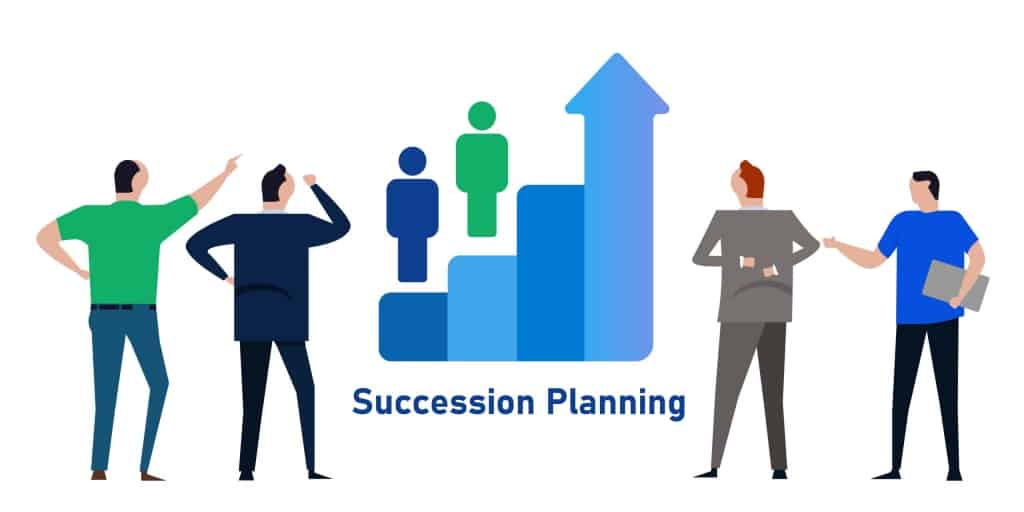
- Environmental Analysis: The company assesses its current leadership pipeline, identifies potential retirements, and evaluates the need for future leaders.
- Forecasting Demand: The HR department estimates the future demand for leadership positions based on projected retirements and growth plans.
- Analysing Supply: The company oversees the potential successors within the existing workforce and identifies any gaps in leadership skills or competencies.
- Gap Analysis: By comparing the demand for future leaders with the available successors, the company identifies succession gaps.
- Developing HR Strategies: Strategies may include implementing leadership development programs, mentorship initiatives, or talent acquisition strategies to fill the succession gaps.
- Implementation: The HR department executes the planned strategies by implementing leadership development programs, establishing mentorship relationships, or recruiting external talent for critical leadership positions.
- Monitoring and Evaluation: The company monitors the progress of leadership development programs, assesses the readiness of potential successors, and evaluates the effectiveness of the strategies in building a strong leadership pipeline.
Bottom Line
The human resource planning process goes far beyond finding the right people at the right time. It needs to be monitored and adapted continually in a world full of uncertainty. By following these steps, you can be sure you're making the best choices for your team and your company's goals. And when it comes to handling talent-related issues, you'll be able to do it smoothly and efficiently.
Frequently Asked Questions
What is the 5th step in the 7 steps of human resource planning?
The 5th step in the 7 steps of human resource planning is "Developing HR Strategies".
What are the 4 steps of the human resource planning process?
The human resource planning process involves four steps: environmental analysis, demand forecasting, supply analysis, and gap analysis.
